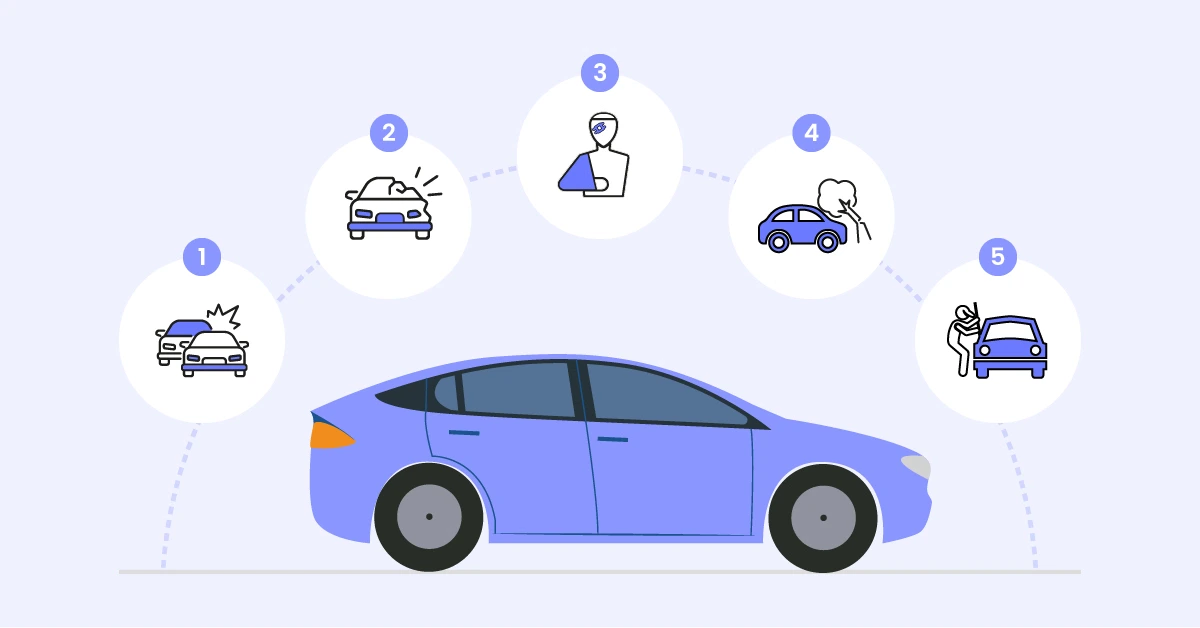Telematics – The Game-Changer in Auto Insurance Underwriting and Pricing
Summary
Insurance telematics systems collect driving-behaviour data from policyholders using sensors and devices and analyses that data to allow the insurer to prepare premiums that are tailored to each policyholder. These insights also help to predict and manage risks before they […]

Insurance telematics systems collect driving-behaviour data from policyholders using sensors and devices and analyses that data to allow the insurer to prepare premiums that are tailored to each policyholder.
These insights also help to predict and manage risks before they are realised, benefitting both insureds and insurers.
Accuracy
Telematics go further than simple tracking by GPS. Satellites and cellular networks actually triangulate your vehicle’s location on the road, along with many other variables, which they can capture and transmit in real time to secure, cloud-based server or an app.
From a pool cleaning service for your housing development, to the city’s garbage collection trucks, or one of the massive nationwide logistic firms with semi-truck fleets, any organisation with vehicles stands to benefit from telematics in increased accountability, efficiency, safety and compliance. Telematics solutions allow the fleet manager to see how much fuel each vehicle is burning, and who’s driving in a way that’s burning fuel unnecessarily.
Usage-based insurance (UBI) programmes that use telematics can help drivers save money for driving well, but they should know upfront how their information will be used and shared.
Flexibility
That is because telematics systems create vast amounts of data about the vehicles, equipment and driving habits of their users. Aggregated and analysed, this information can be used by fleet management companies to increase accountability and develop more personalised policies and rates to be applied to individual drivers or fleets. For instance, cities that rely on snowplough fleets for winter street clearing can use telematics to know which routes need to be individually cleared for the winter season.
Telematics-enabled auto insurance software can assess driving habits, and reward more responsible drivers with discounts on premiums. Slower-than-average drivers with smooth stops, who stick to daylight hours, and make fewer hard accelerations, might be considered lower risk, and earn savings through UBI programmes, which are growing in popularity among those tired of ever-rising auto insurance premiums; they can also support fleet efficiency by reducing fuel costs, maintenance expenditures and rates of depreciation.
Reliability
By monitoring the locations of cars or by allowing users to instal apps on their mobile phones, the software with integrated telematics can collect information from Bluetooth beacons and compile risk profiles of drivers, thereby establishing the costs of their policies. Those drivers who incur lower risks can save, for example, by driving safely – insurance of this sort is called usage-based car insurance.
With telematics technology, a service company can track vehicles real time to reduce unexpected delays and meet customers’ service quality goals. For example, the snowplow company can check when roads are cleaned sufficiently so that residents can be told an arrival time and the notification there is no need to plough the roads.
Behaviour-Based Insurance (BBI) programmes for commercial vehicles can benefit from the use of telematics technology to tailor and dynamically price programmes as well – which represents a new big growth opportunity for insurers in the smart mobility sector. The car-sharing company Lynk Co offers some of its insurance products bundled into monthly membership plans as a key part of its offer to users.
Customization
For instance, insurance companies that know their customers can deliver highly targeted auto insurance coverage, with technology such as telematics providing the means to do so. Source-agnostic telematics exchanges, which serve as a one-stop shop to send data from connected cars, mobile apps and third-party services to one central hub, and complex analytics, which allows insurers to ingest, analyse and present that data for use across a broad range of business purposes – including underwriting, policy issuance and claims processing – are among the emerging technology solutions that are helping accelerate the growth of the Internet of Things.
Insurers could offer customers telematics-based products such as pay-per-mile or journey car insurance that would reward them for driving in certain ways that reduce their vehicle risk. Drivers could save money by paying premiums based on what works for them individually.
Telematics further allows employers to track where employees are located, allowing management to assign jobs to employees who are closest to a job site; this avoids wasting employees’ time and fuel while improving customer service, especially for field services companies, such as plumbers or electricians, that spend a great deal of time on the road to reach customers.
